Your guide to the night sky this month
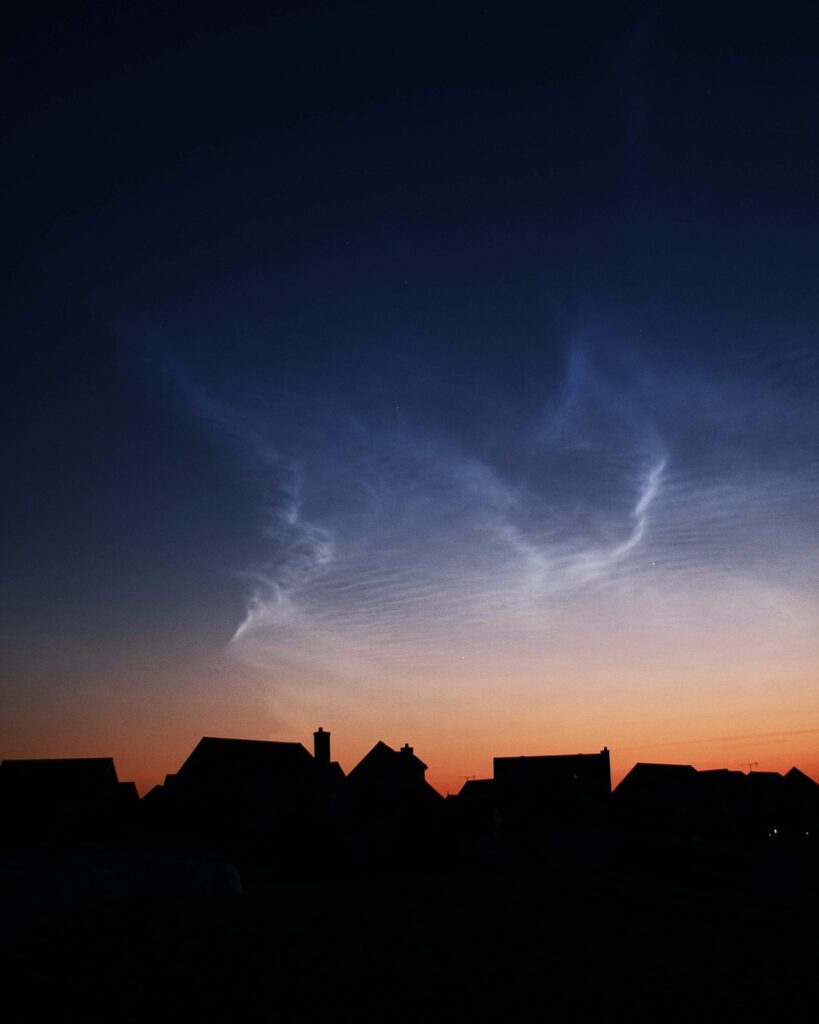
All month
June and July are the best months for spotting elusive noctilucent clouds.
2 Friday
Compromised by twilight, mag. +1.6 Mars passes in front of the Beehive Cluster, M44, this evening.
3 Saturday
The mag. +1.0 red supergiant Antares (Alpha (α) Scorpii) appears one apparent lunar diameter south of the full Moon’s southern limb at 23:15 BST (22:15 UT).
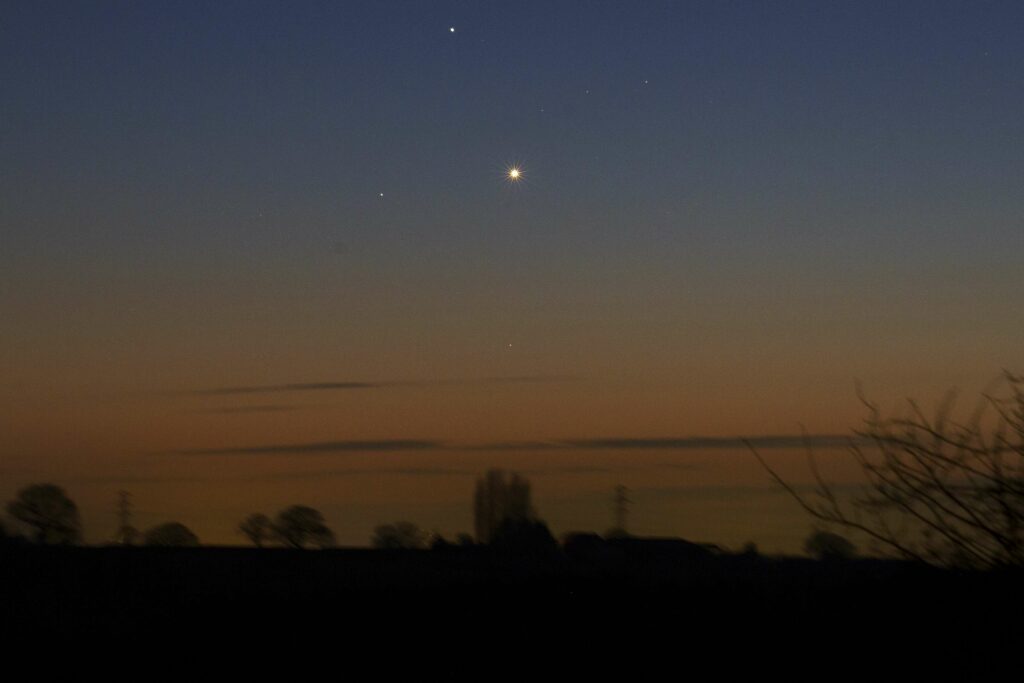
4 Sunday
Venus reaches greatest eastern elongation, appearing separated from the Sun by 45.4° in the evening sky.
5 Monday
A look at the northeast limb of the Moon this morning should show the parallel line clair-obscur effect known as the Zeno Steps, near crater Zeno.
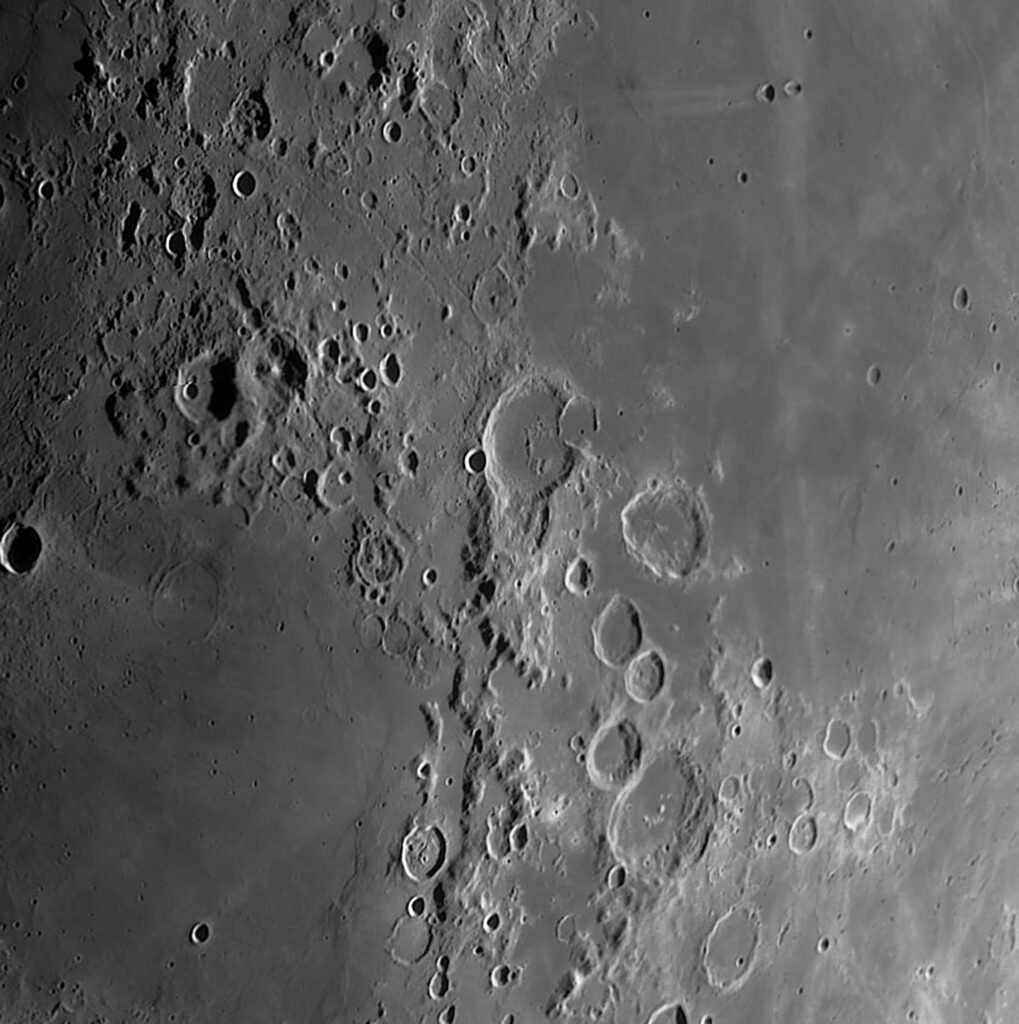
6 Tuesday
There’s a great opportunity this and tomorrow morning to spot our Moonwatch target, the crater Gutenberg. Also look out for it on the evening of 22 June.
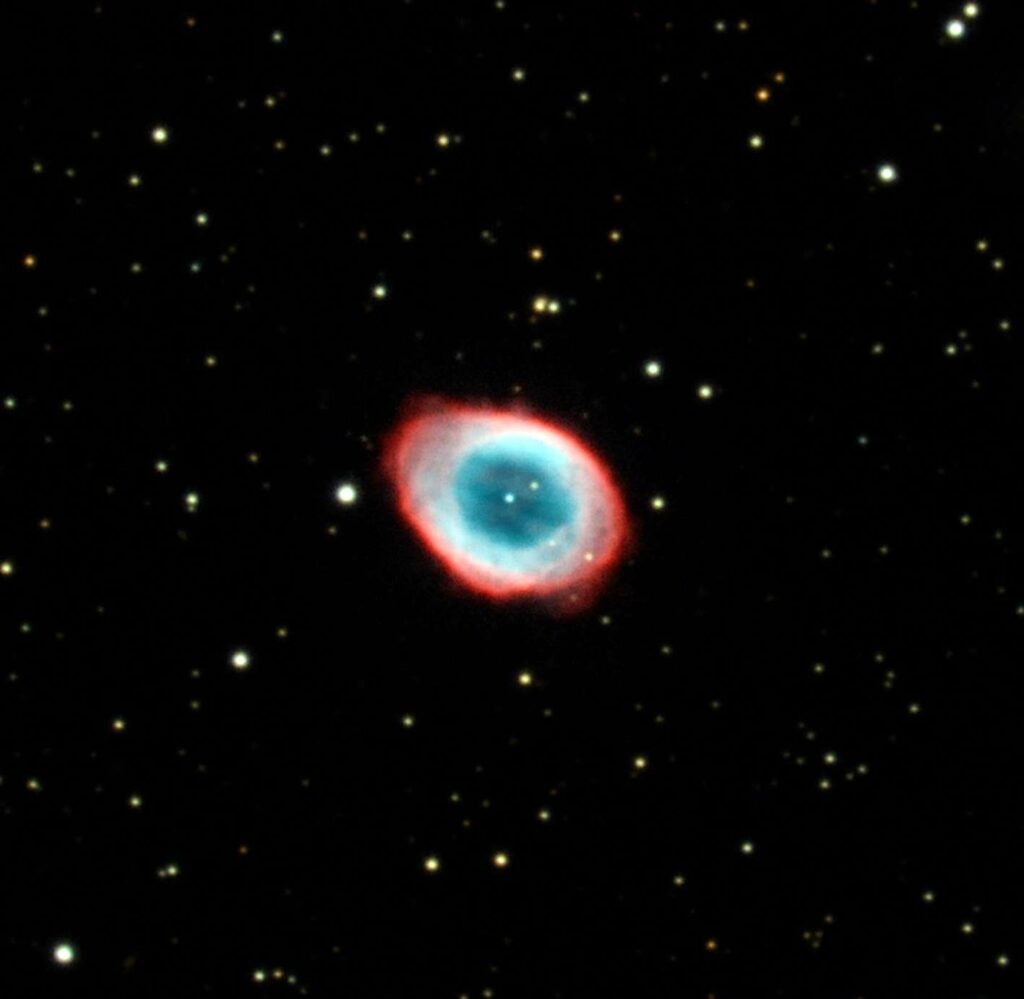
8 Thursday
As the Moon moves out of the way, this is a great time to try our Deep-Sky Tour. This month, we’re hunting bright summer planetary nebulae.
13 Tuesday
Venus is north of the Beehive Cluster, M44, this evening. The best chance to see the pairing is just before Venus sets.
14 Wednesday
A 15%-lit waning crescent Moon sits 0.6° to the north of Jupiter in the early hours. See whether you can observe the planet using binoculars after the Sun has risen.
16 Friday
Minor planet 20 Massalia reaches opposition at 10th magnitude in Ophiuchus.
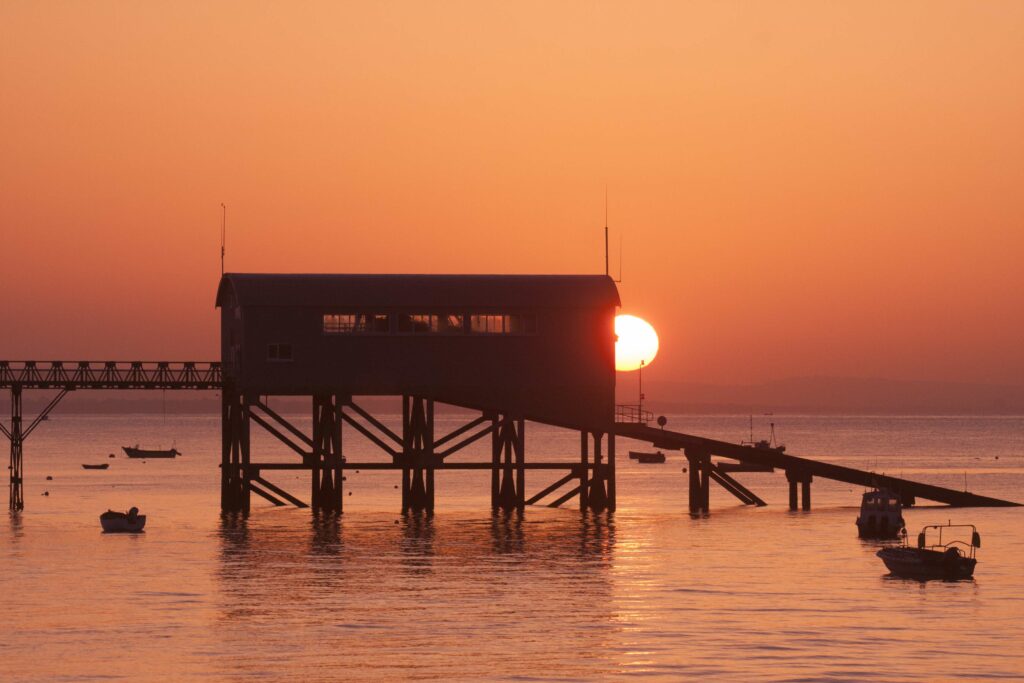
17 Saturday
The earliest sunrise of 2023 occurs today, when the Sun rises at 04:38 BST (03:38 UT) (time from the centre of the UK), just a few seconds earlier than on the surrounding days.
18 Sunday
Although there’s not much real darkness at this time of year, bright patterns such as the Summer Triangle asterism stand out very well.
21 Wednesday
Today at 15:58 BST (14:58 UT) is the Northern Hemisphere’s summer solstice, the point at which the Sun reaches its most northerly position in the sky.
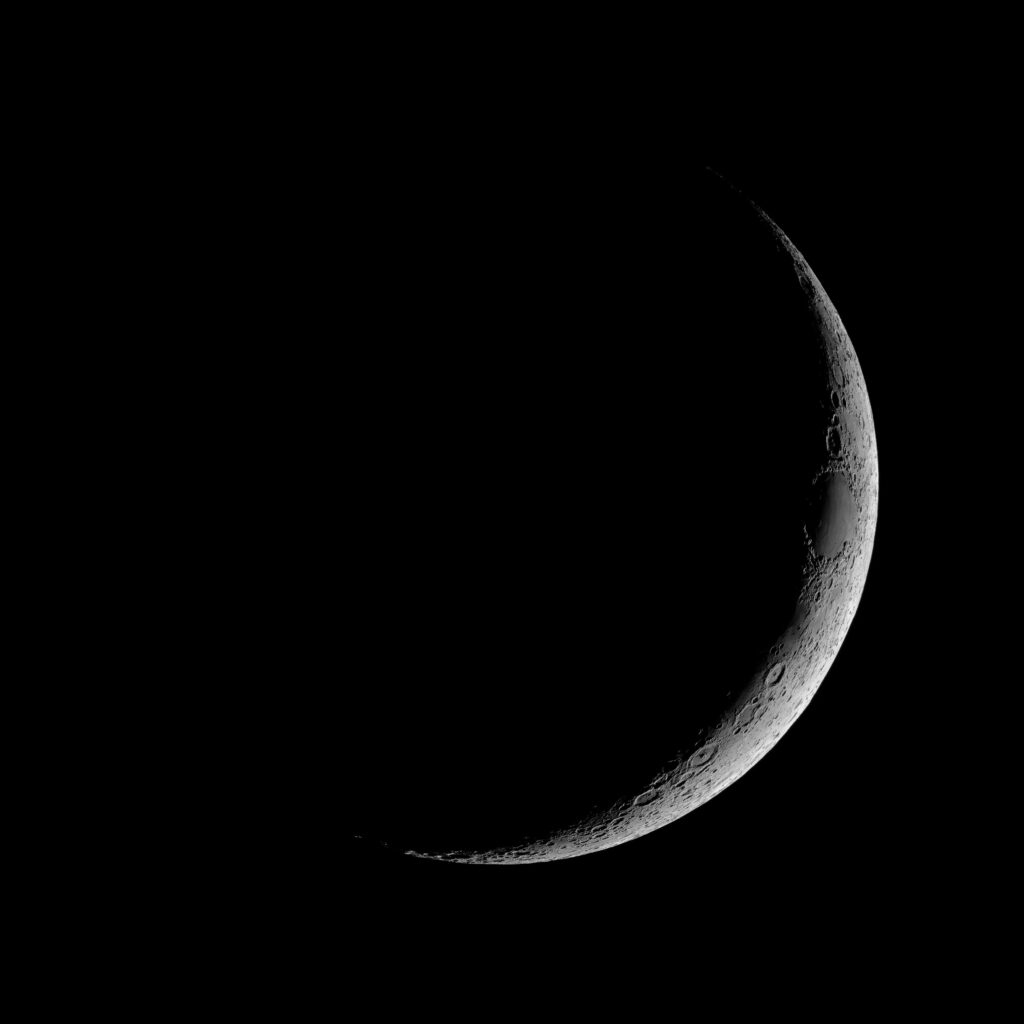
22 Thursday
Today a 16%-lit waxing crescent Moon rises around 09:00 BST (08:00 UT), 4.2° from mag. –4.3 Venus. Mars is also 3.4° south of the crescent Moon.
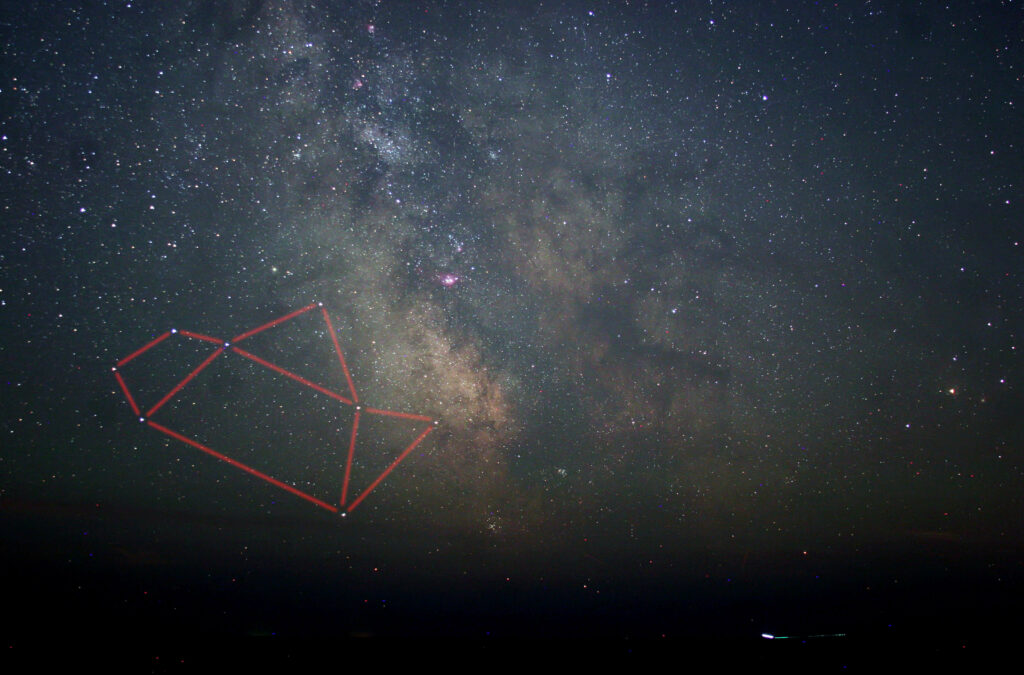
23 Friday
Can you make out the shape of the Teapot asterism, low above the southern horizon around 01:40 BST (00:40 UT)?
30 Friday
Mag.–4.3 Venus is 3.6° from mag. +1.7 Mars, low on the west-northwest horizon shortly after sunset.
A 91%-lit waxing gibbous Moon is 5° west of Antares (Alpha (α) Scorpii) this evening.
Family stargazing
It’s that time of year when the night times shrink to a minimum, making it tricky for youngsters to do much astronomy. One fun project is to keep a look out for noctilucent (night-shining) clouds. These may be seen low above the northwest horizon 90–120 minutes after sunset or a similar time before sunrise, low above the northeast horizon. They appear to glow against the deep twilight and often have a delicate, net-like appearance. Although not ideal in terms of timing, they are easy to observe without any equipment. www.bbc.co.uk/cbeebies/shows/stargazing
NEED TO KNOW
The terms and symbols used in The Sky Guide
Universal Time (UT) and British Summer Time (BST)
Universal Time (UT) is the standard time used by astronomers around the world. British Summer Time (BST) is one hour ahead of UT
RA (Right ascension) and dec. (declination)
These coordinates are the night sky’s equivalent of longitude and latitude, describing where an object is on the celestial ‘globe’
Naked eye
Allow 20 minutes for your eyes to become dark-adapted
Photo opp
Use a CCD, planetary camera or standard DSLR
Binoculars
10×50 recommended
Small/medium scope
Reflector/SCT under 6 inches, refractor under 4 inches
Large scope
Reflector/SCT over 6 inches, refractor over 4 inches
GETTING STARTED IN ASTRONOMY
If you’re new to astronomy, you’ll find two essential reads on our website. Visit bit.ly/10_easylessons for our 10-step guide to getting started and bit.ly/buy_scope for advice on choosing a scope